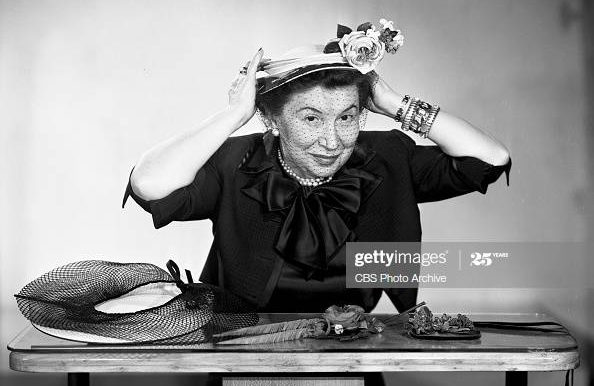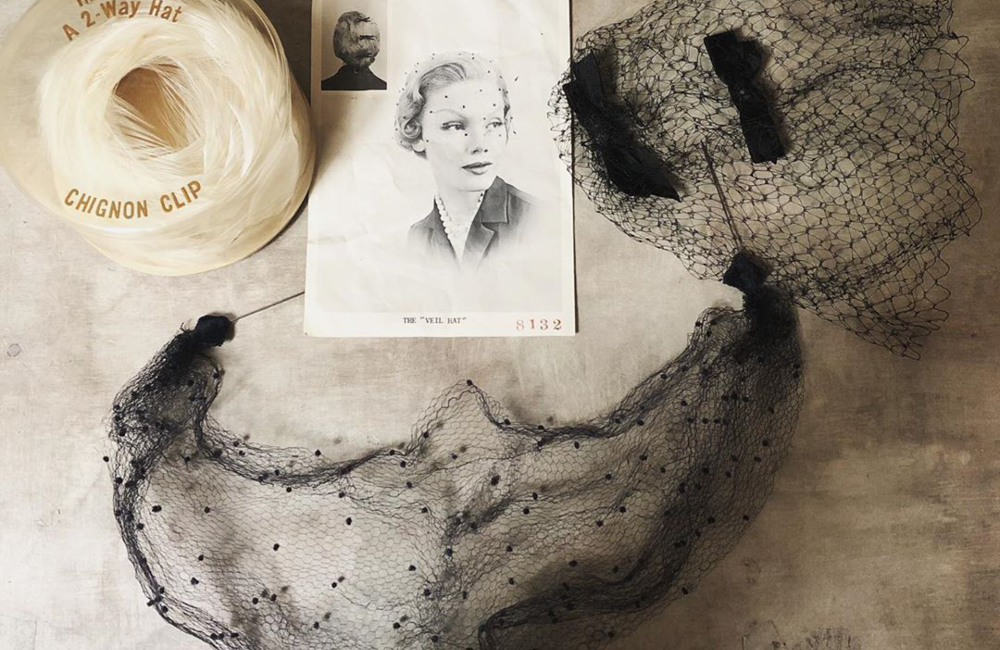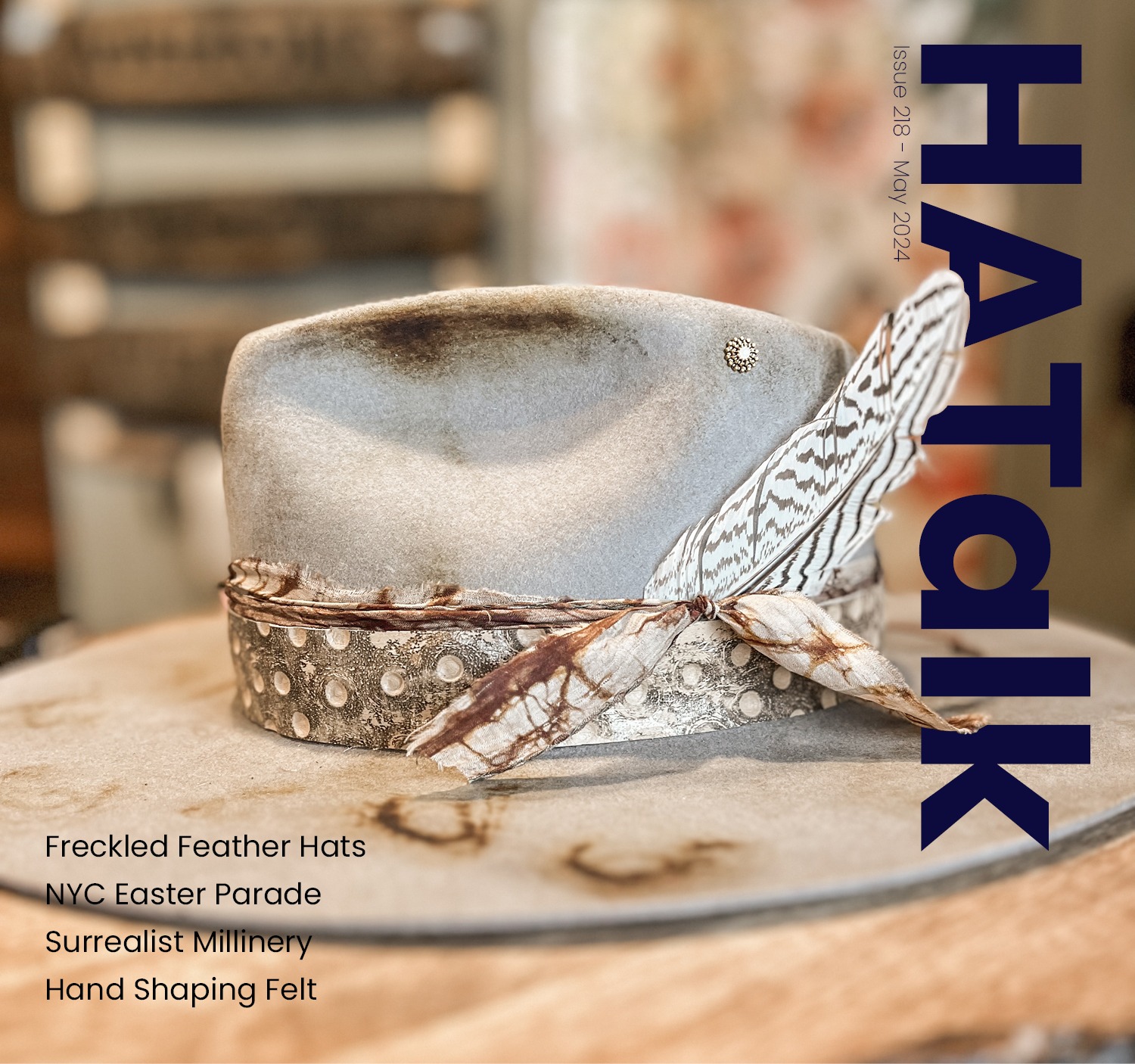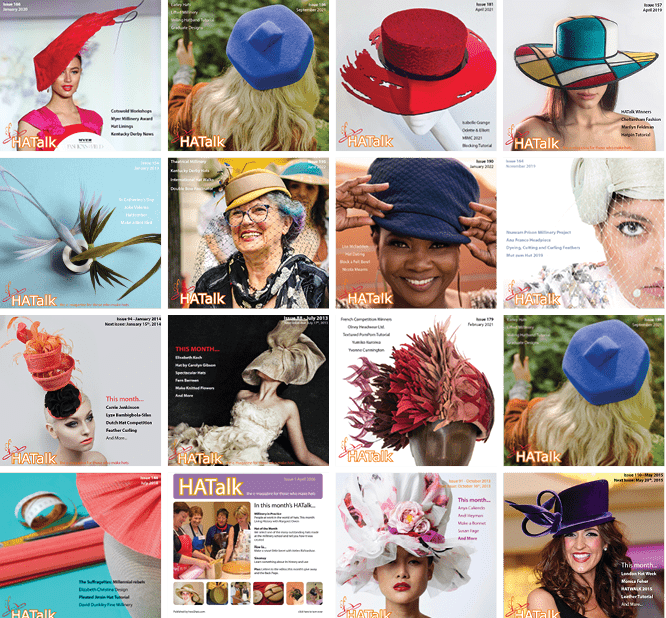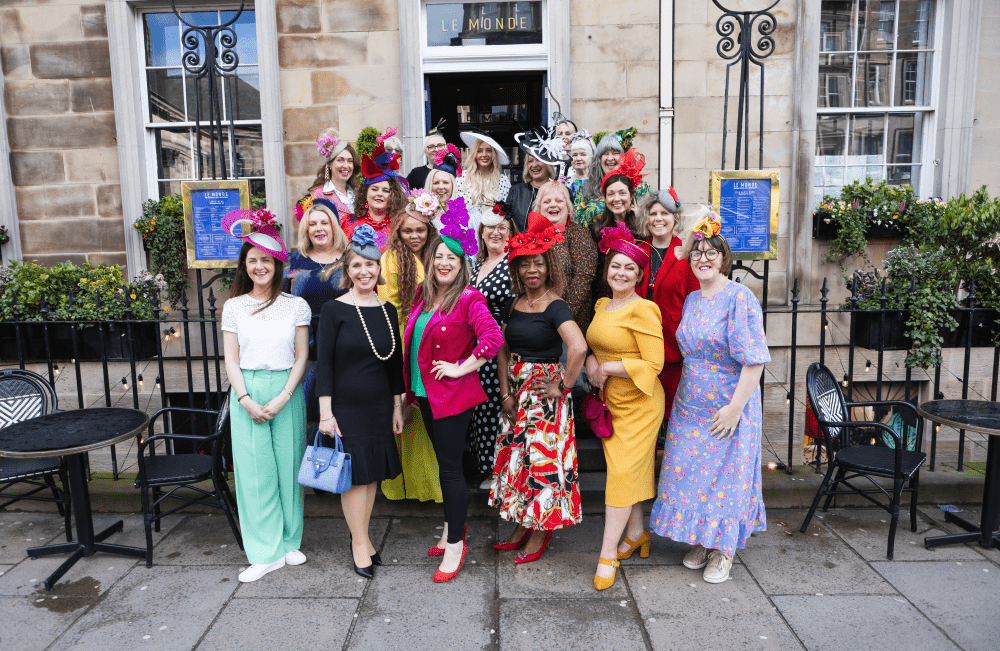Blog / Classic Hat Styles: The Top Hat
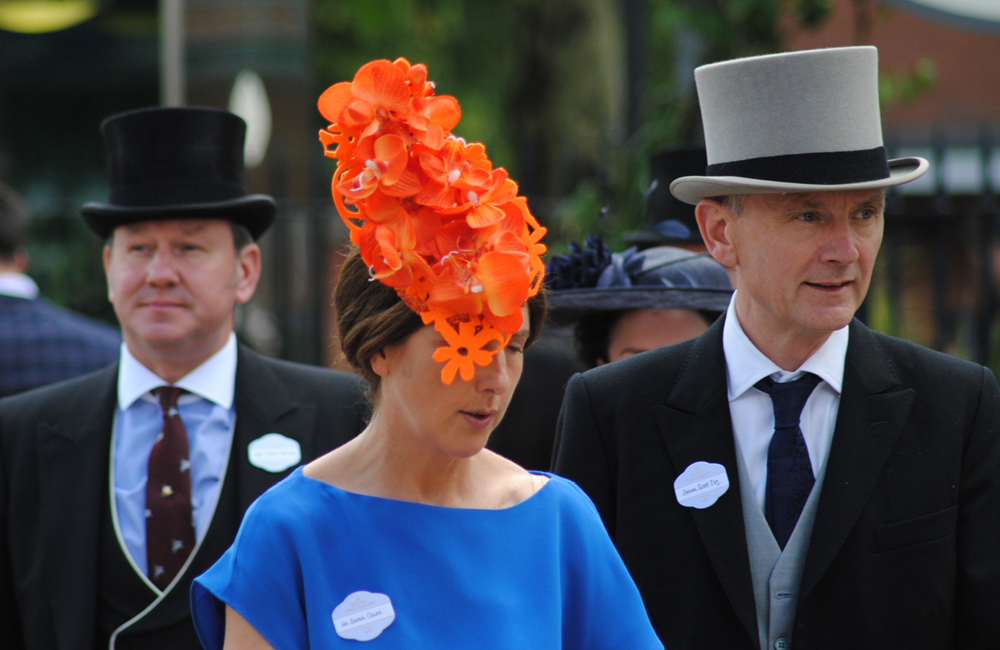
Classic Hat Styles: The Top Hat
Top Hats
Historically, hat makers were either hatters who made hats for men or milliners who made hats for women. Women’s headwear, often intended to be a unique statement of the wearer’s personality, tended to be quite varied in design. Men’s hats, on the other hand, were usually more of a symbol of social position and, therefore, more unified in design. For the last 300 years, the top hat has been the ultimate status symbol for men in Western cultures.
Today, top hats are stylish accessories for both men and women and often feature exaggerated lines or extravagant trimmings. However, they are still the hat of choice, or even a requirement, for men attending certain high society events. At Royal Ascot, for example, all men entering the Royal Enclosure (above) must wear a black or grey top hat without any bright ribbons.
The Fur Trade and Mad Hatters
The history of the topper goes back to the 1700s and was greatly influenced by the settlement of North America. A beaver top hat became the ultimate symbol of power because beaver fur was the best quality fur around. Only the downy undercoat of a beaver pelt was used to create fur felt for hat making and the felting process was difficult and messy, so good quality hats were expensive. It would take ten beavers to make one good hat.
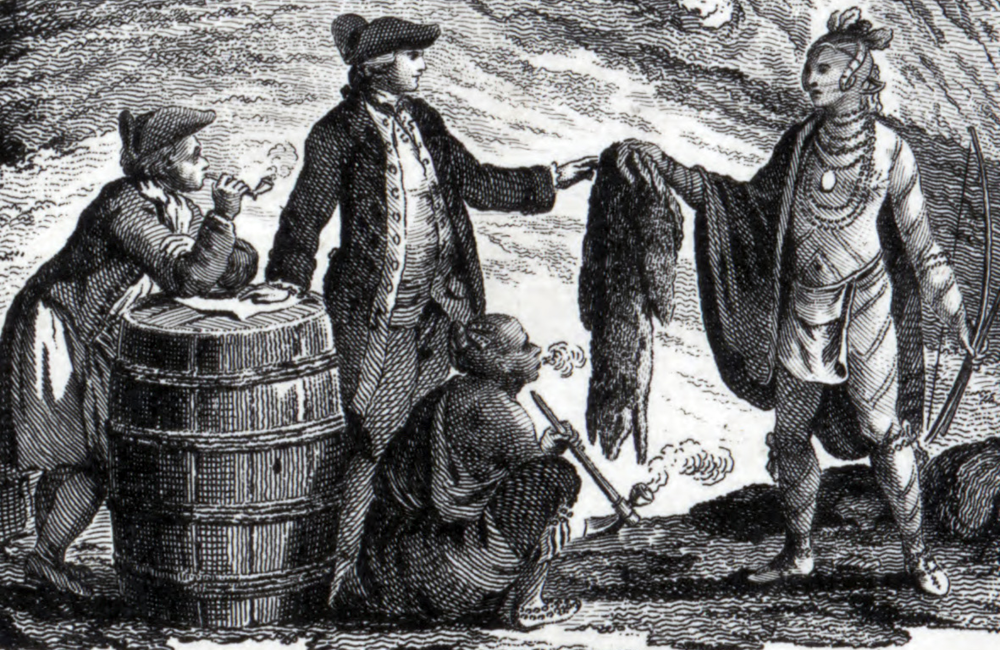
As demand for these premium hats increased, beaver fur became a high-value commodity. Europe exhausted their small population of beavers quickly but North America offered a plentiful supply of these semi-aquatic rodents. The fur trade, fueled by the booming hat industry, became a popular occupation for fortune seekers and influenced trade and politics between nations.
The white fur traders needed the help of Native Americans to trap and prepare the fur pelts (above). The Europeans instigated different tribes to fight against each other for hunting grounds so they could move westward across the country. The social organization of many tribes was negatively impacted as the men would leave to hunt for years at a time while their agriculture and food sources declined. Some of these tribes also became overly reliant on the Europeans for tools and food.
The English town of Stockport, near Manchester, became a center for felting and hat manufacturing during the Industrial Revolution of the nineteenth century. The felting process required large amounts of water, hazardous chemicals and high temperatures. At the time, the most effective process for cleaning fur was with mercury salts, diluted with nitric acid, to break down the natural oils. Over time, exposure to the mercury-treated fur led to tremors and madness in the hatters and felters that worked with it in factories for hours and hours every day. This is where the term ‘mad as a hatter’ originated, the inspiration for Lewis Carroll’s Mad Hatter character in Alice in Wonderland. The processes for blocking and dyeing fur felt hats were hot and hazardous as well.
A man’s status was evaluated not only by the style of his hat but also by its condition. Hatters began to cover top hats with silk, meaning they were lighter and more prone to showing damage. It was very easy to tell who could afford a brand hat and who couldn’t. For this reason, the silk topper replaced the beaver fur version as the ultimate symbol of power and status.
Toppers Today
Beaver top hats are now extremely rare since beaver fur felt is no longer produced in most countries. Top hats made from other types of fur, however, are still made by historic hat makers like Christys’ London in much the same way as they were in Victorian times. A luxury black fur felt melusine topper is pictured below.
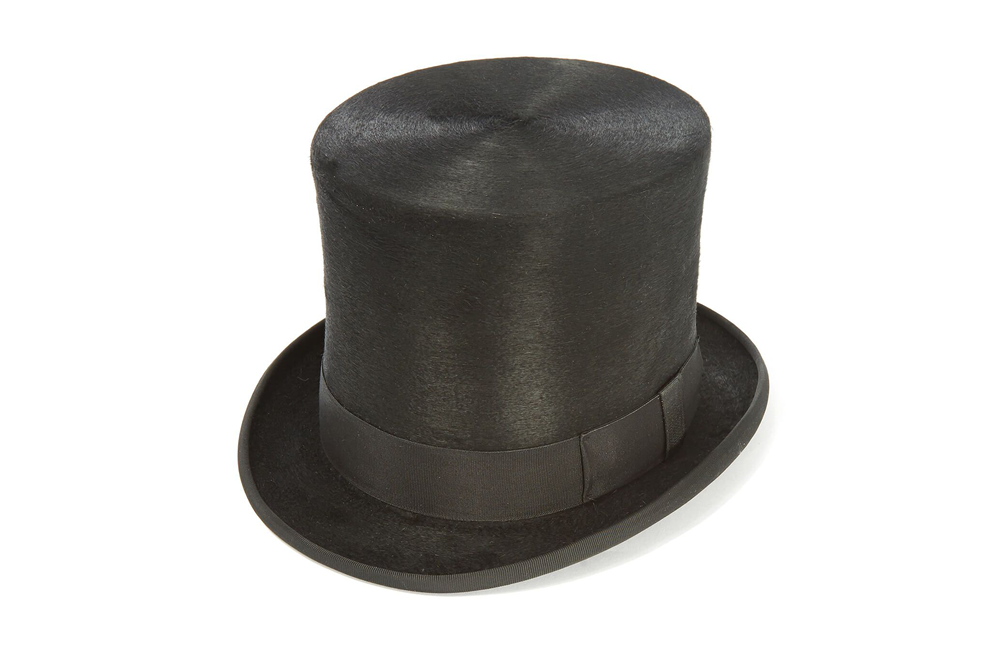
Until recently, the production of authentic silk top hats had completely stopped. Thankfully, British hat maker Ian Bennett has spent years researching silk top hat making and has singlehandedly revived the heritage craft of making these special hats by hand. Discerning hat wearers can visit his London shop to have a black silk topper made to measure.
A top hat is one of the most universally recognizable hat styles and an enduring symbol of wealth and social standing. This classic style has also become extremely popular with women because of its customizable, yet clean, shape. A basic topper shape is an approachable style to make and trim, so these hats are popular with theatrical costumers and beginner hatters alike.
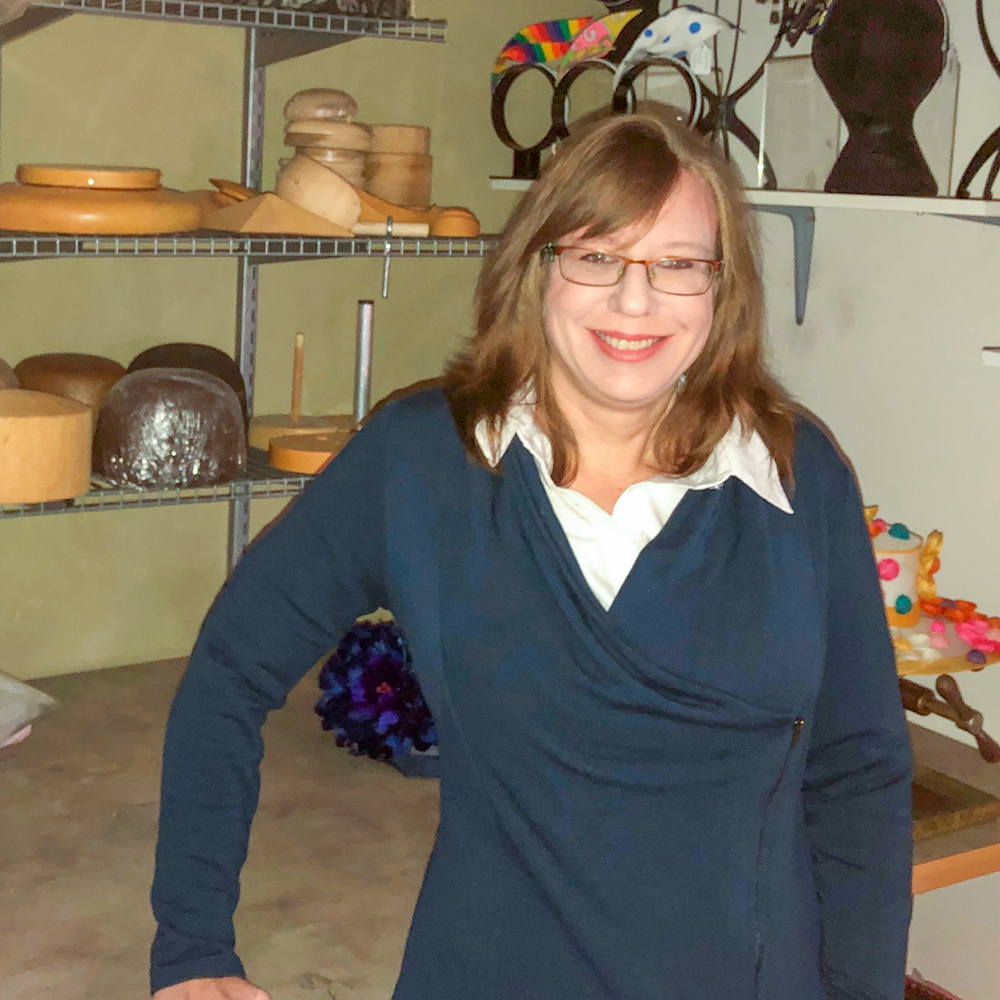
About the Author
Amy Fowler is the creator of the bespoke, California-based Millinery by Amy Fowler label. She also runs Humboldt Haberdashery, an online millinery supplier.
See Amy’s full bio HERE.
Popular Articles
Latest e-Magazine
Featured Supplier

Classic Hat Styles: The Top Hat
Top Hats
Historically, hat makers were either hatters who made hats for men or milliners who made hats for women. Women’s headwear, often intended to be a unique statement of the wearer’s personality, tended to be quite varied in design. Men’s hats, on the other hand, were usually more of a symbol of social position and, therefore, more unified in design. For the last 300 years, the top hat has been the ultimate status symbol for men in Western cultures.
Today, top hats are stylish accessories for both men and women and often feature exaggerated lines or extravagant trimmings. However, they are still the hat of choice, or even a requirement, for men attending certain high society events. At Royal Ascot, for example, all men entering the Royal Enclosure (above) must wear a black or grey top hat without any bright ribbons.
The Fur Trade and Mad Hatters
The history of the topper goes back to the 1700s and was greatly influenced by the settlement of North America. A beaver top hat became the ultimate symbol of power because beaver fur was the best quality fur around. Only the downy undercoat of a beaver pelt was used to create fur felt for hat making and the felting process was difficult and messy, so good quality hats were expensive. It would take ten beavers to make one good hat.

As demand for these premium hats increased, beaver fur became a high-value commodity. Europe exhausted their small population of beavers quickly but North America offered a plentiful supply of these semi-aquatic rodents. The fur trade, fueled by the booming hat industry, became a popular occupation for fortune seekers and influenced trade and politics between nations.
The white fur traders needed the help of Native Americans to trap and prepare the fur pelts (above). The Europeans instigated different tribes to fight against each other for hunting grounds so they could move westward across the country. The social organization of many tribes was negatively impacted as the men would leave to hunt for years at a time while their agriculture and food sources declined. Some of these tribes also became overly reliant on the Europeans for tools and food.
The English town of Stockport, near Manchester, became a center for felting and hat manufacturing during the Industrial Revolution of the nineteenth century. The felting process required large amounts of water, hazardous chemicals and high temperatures. At the time, the most effective process for cleaning fur was with mercury salts, diluted with nitric acid, to break down the natural oils. Over time, exposure to the mercury-treated fur led to tremors and madness in the hatters and felters that worked with it in factories for hours and hours every day. This is where the term ‘mad as a hatter’ originated, the inspiration for Lewis Carroll’s Mad Hatter character in Alice in Wonderland. The processes for blocking and dyeing fur felt hats were hot and hazardous as well.
A man’s status was evaluated not only by the style of his hat but also by its condition. Hatters began to cover top hats with silk, meaning they were lighter and more prone to showing damage. It was very easy to tell who could afford a brand hat and who couldn’t. For this reason, the silk topper replaced the beaver fur version as the ultimate symbol of power and status.
Toppers Today
Beaver top hats are now extremely rare since beaver fur felt is no longer produced in most countries. Top hats made from other types of fur, however, are still made by historic hat makers like Christys’ London in much the same way as they were in Victorian times. A luxury black fur felt melusine topper is pictured below.

Until recently, the production of authentic silk top hats had completely stopped. Thankfully, British hat maker Ian Bennett has spent years researching silk top hat making and has singlehandedly revived the heritage craft of making these special hats by hand. Discerning hat wearers can visit his London shop to have a black silk topper made to measure.
A top hat is one of the most universally recognizable hat styles and an enduring symbol of wealth and social standing. This classic style has also become extremely popular with women because of its customizable, yet clean, shape. A basic topper shape is an approachable style to make and trim, so these hats are popular with theatrical costumers and beginner hatters alike.

About the Author
Amy Fowler is the creator of the bespoke, California-based Millinery by Amy Fowler label. She also runs Humboldt Haberdashery, an online millinery supplier.
See Amy’s full bio HERE.

